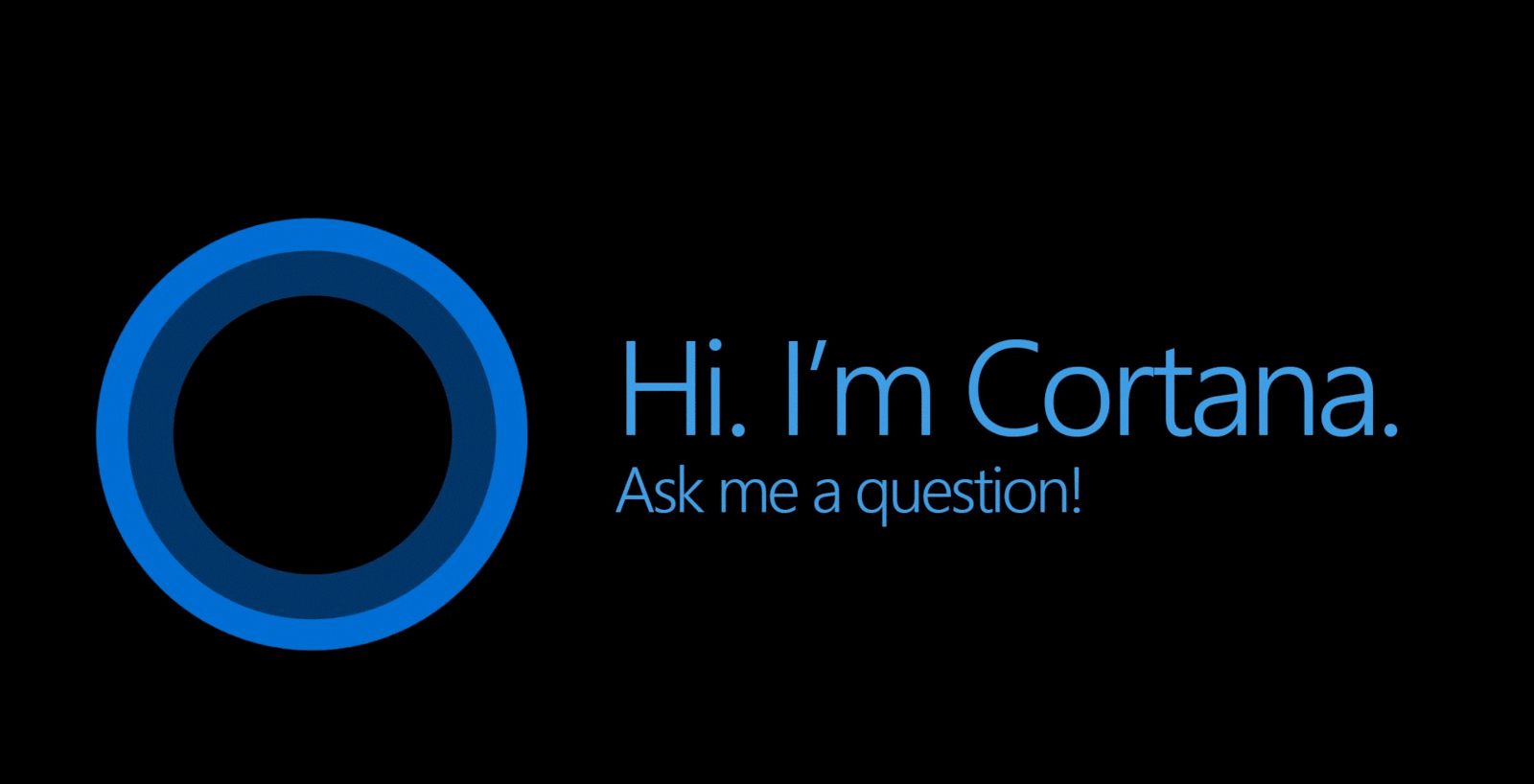 This week, Microsoft and Apple fired shots on a new battlefield. It wasn’t over an operating system or a mobile phone or living room entertainment. The battle is in natural language technology. Microsoft bought natural language calendar and scheduler company Genee, and Apple bought a healthcare company called Gliimpse (at last check, the Gliimpse site was down).
This week, Microsoft and Apple fired shots on a new battlefield. It wasn’t over an operating system or a mobile phone or living room entertainment. The battle is in natural language technology. Microsoft bought natural language calendar and scheduler company Genee, and Apple bought a healthcare company called Gliimpse (at last check, the Gliimpse site was down).
On the surface, the two acquisitions don’t look related at all. Microsoft’s purchase will bolster Cortana and Office. Apple’s acquisition will help the company make inroads into the medical field. But the common thread is that both use natural language technology to help humans stop drowning in a sea of data and make sense of their daily lives. Whether it is in the enterprise or in a consumer setting, making sense of data is the next battlefield for the tech giants, and really it should be a priority for anyone developing or purchasing end-user software.
Streamlining Communication
To get a sense of the future of natural language learning, look at Genee’s simple but valuable use-case. Imagine that several busy executives wanted to find time for a meeting. With Outlook or any other scheduling tool, the executives or their assistants would send email invitations or share calendars looking for a time all of them had open. Even with calendar sharing, it would take a fair amount of time and a manual process to find an open time that works for everyone. Without calendar sharing, it would take multiple emails throughout a work day to make it happen.
With Genee, a user speaks a command such as “schedule a meeting with John and Jane for 30 minutes sometime this week.” Genee will then generate an invite with some potential open times. Once the invitees confirm a time that also works for them, it adds the meeting to your calendar. No back and forth emails. Everyone responds in natural language, and the calendar is updated automatically. A task that may have been a distraction for much of the day is now a single sentence spoken aloud.
Gliimpse tackles a different but just as important problem—the ability for humans to absorb large amounts of data spread out across multiple locations. Gliimpse gathers health records from all available sources, digests the data contained in them related to any issues with medical coding and inconsistencies, and creates a single, natural language description of your health. It can be useful for consumers to understand their health or for a doctor trying to take a medical history on the fly in an emergency situation. Anyone who has ever gone to a doctor and had him or her take a medical history knows that information from multiple electronic health records can often conflict in ways that can be dangerous to the patient. Allergies could be unnoted. Drug interactions might be missed. The histories of two patients with similar names could be confused or conflated. Allowing a patient to understand and check a medical history in plain language could be a major health benefit.
While neither acquisition will cause Apple and Microsoft to compete directly, in this case, it is clear that their goal is the same—humanize technology and reduce the static around data. Much of the effort of the last decade of consumer and enterprise technology has been to bring more and better data into the hands of the user. Real-time data for decision making is now a reality in many leading organizations, and laggards aren’t far behind. The next battle is in sense-making technology.
The Next Step in Automation
This isn’t an entirely new battle. Enterprises have turned to automation in complex systems for decades, whether it is algorithmic-based trading in the stock market, systems that monitor networks, or automatic braking systems on cars. The difference is that most of these systems work without human intervention. They may warn you before they act, but if you don’t respond, they will act. And that is great when you are about to hit a pole at 75 miles per hour, or the stock market is in the middle of a freefall. Humans may not be able to act in time with a huge amount of data coming in real-time.
However, there are systems where humans want the final say, but they also need help in acquiring, digesting, and understanding information. Natural language and machine learning apps allow for just that—human interaction with data rather than machines taking over for humans. In an enterprise setting, where business decisions are “data-driven” but also “instinctual,” this is a must. We are not yet at the point where we prefer computers to managers. It can be very helpful to have a computer to digest thousands of pages of data from multiple sources or to assist with low-level tasks that do not require much thinking.
So while Apple and Microsoft fired shots on a battlefield in completely different directions that are seemingly unrelated, it is a battlefield nonetheless. And it will be a competition sooner rather than later. Anyone making end-user applications needs to be on the battlefield. And anyone buying software to aid in staff productivity should pay attention to the leaders in this field. As natural language and machine learning are mastered, they will be deciding factors in many software decisions, especially around business intelligence. We may stop looking for the most powerful software, and instead pick the smartest or the most human.

